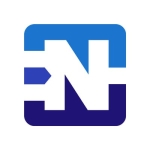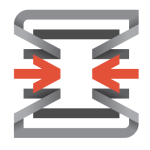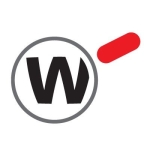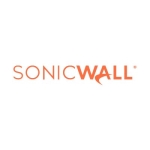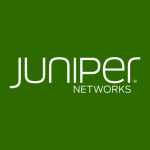What is our primary use case?
We've been using Check Point Firewalls for about nine years, from the early Nokia boxes to the most recent OpenServer architecture. Next year we're finally going to upgrade to an appliance directly from Check Point.
Check Point Next-Generation Firewall (NGFW) is a very good firewall. It is one of the best firewalls that I have used. I would rate Check Point Next-Generation Firewalls (NGFWs) a nine out of ten.
Also, Check Point has a great architecture, where you can just enable the software blades and deploy a secure service.
Overall, it provides ease of deployment and ease of use.
How has it helped my organization?
All in all, I'm delighted with their security solution. Making configuring numerous layers of security policies easy to use was always one of the things I liked most about their firewall solution.
You have multiple security layers that build upon each other, from the traditional security policy that is IP and port-based to application security, intrusion prevention, and their latest sandblast cloud-based malware detection. Everything is easily managed through their "SmartConsole" dashboard.
What is most valuable?
It's valuable as a next-level network security appliance for your enterprise.
It comes with advanced features like web filtering, app filtering, user-based policies to restrict web and application uses, tunneling, restricting bandwidth uses according to policy, load balancing, etc., and helps to cover almost all network security requirements.
Our IT team has installed a firewall on all of our company's workstations and laptops to keep our own data and our customer's data secure. This program runs in the background and I don't even notice it, but it keeps me secure at work.
What needs improvement?
Configuration using the command line is not that simple and user-friendly.
There is no email security.
It's a bit confusing to configure at first. An example is having to set up separate source and destination NAT rather than a simple static mapping. Some configurations require accessing multiple different sections rather than being consolidated in one area. License subscriptions are a bit confusing as well for additional features.
The CLI is not very useful.
There's no option to import bulk address objects.
The firewall default rule 0 blocks rule matches to allowed traffic, even though allow rule is written.
For how long have I used the solution?
I started using this solution in 2009.
What do I think about the stability of the solution?
I am very satisfied with this product.
What do I think about the scalability of the solution?
I have been using Check Point firewalls for a few years now and I enjoy the interface.
It also integrates great with our other security tools.
The GUI is much more user-friendly than other Firewall vendors.
Which solution did I use previously and why did I switch?
I use Check Point Next-Generation Firewalls since things are automated and updated frequently. I did not use a different solution.
What's my experience with pricing, setup cost, and licensing?
It's not the cheapest solution, however, it's one of the most advanced and competent.
Which other solutions did I evaluate?
I am not responsible for our manager's choice of this product. He said it's the best product to secure our network.
What other advice do I have?
Check Point licenses work very differently compared to other vendors. We need to purchase each blade in order to make it work, however, we can easily obtain a trial (evaluation) license from Check Point to get visibility for the blade. Check Point tries to maintain relationships with customers and they try to match their price with customer expectations.
Which deployment model are you using for this solution?
Public Cloud
Disclosure: My company does not have a business relationship with this vendor other than being a customer.






